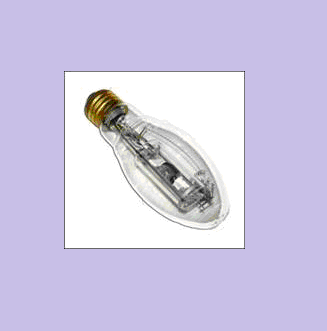Which is the most efficient electrical machine?
The most efficient electrical machine is the transformer. Transformers have efficiency above 95%. The autotransformer has an efficiency of close to 98%. The maximum efficiency is achieved under the fully…

